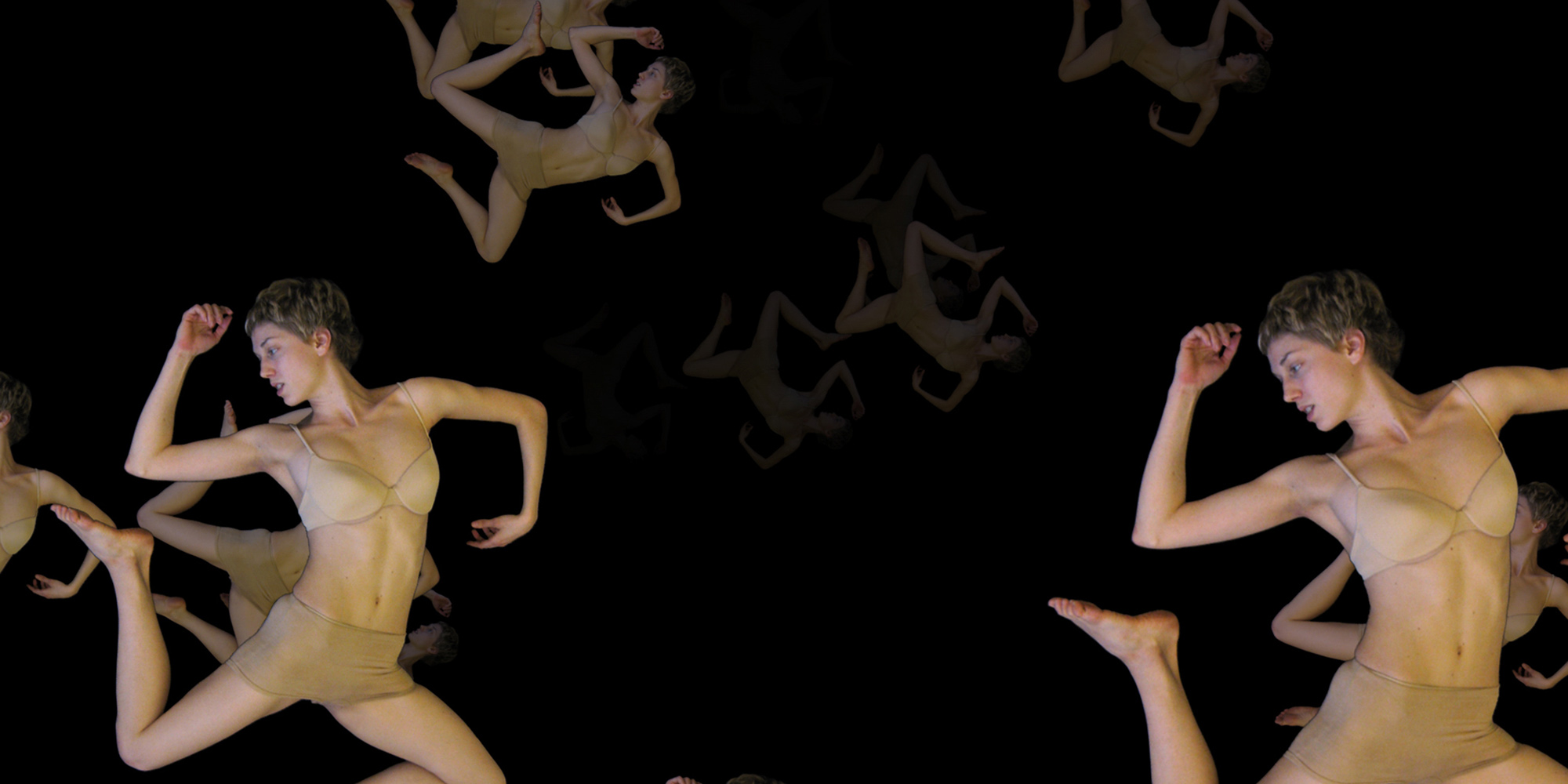2006
Le Sacre du Printemps

Rites of Spring and Beyond
A 3D space generated by musical impulses creates the framework for a narrative structure that is, in this particular case, also coupled with another means of expression: dance.